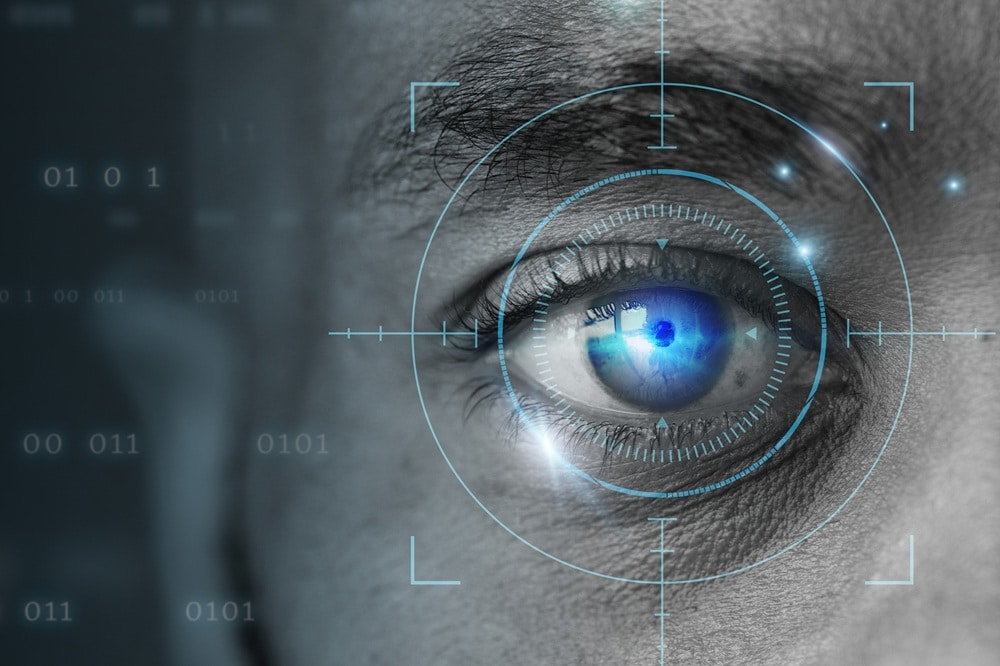This blog post was originally published at Namuga Vision Connectivity’s website. It is reprinted here with the permission of Namuga Vision Connectivity.
Camera Modules Built on ToF Technology
As the demand for 3D sensing technology accelerates across industries—ranging from industrial automation and robotics to smart appliances, AR/VR, and healthcare—one technology stands at the forefront: Time-of-Flight (ToF) sensors.
ToF sensors measure distance using the speed of light, delivering highly accurate spatial data. Unlike traditional 2D imaging, ToF enables the perception of depth and distance by interpreting variations in light reflection time.
 Understanding the Basics of ToF
Understanding the Basics of ToF
(Source: Sage Journals)
ToF cameras color-code distance variations, enabling precise recognition of spatial structures and object positioning.
 ToF camera dimensional image
ToF camera dimensional image
Key Applications of ToF Technology
Automotive Industry
Dynamic Airbag Suppression: By detecting a passenger’s position and posture, ToF sensors help prevent unnecessary airbag deployment, improving safety.
Driver Monitoring Systems: By tracking head orientation and eye movement, ToF cameras alert drivers during drowsiness or distraction. (Source: Melexis)
Industrial Automation & Logistics
AGV Navigation: Autonomous Guided Vehicles (AGVs) use ToF-based 3D scanning to detect obstacles and plan optimal paths.
Volume Measurement & Load Optimization: ToF sensors accurately measure package dimensions, boosting space efficiency and shipping cost management.
Healthcare
Patient Posture Monitoring: Real-time tracking of patient movements helps prevent falls and pressure ulcers, improving care quality.
Radiation Dose Optimization: By analyzing body volume, ToF assists in adjusting radiation levels, reducing unnecessary exposure.
Smartphones & Consumer Electronics
3D Facial Recognition: ToF enables fast and secure authentication through highly detailed 3D facial scans.
AR/VR Integration: Depth-sensing enhances AR/VR experiences by realistically placing digital elements within real-world spaces.
Robotics
Environmental Mapping & Obstacle Avoidance: Robots equipped with ToF sensors can safely navigate complex environments.
Human-Robot Interaction (HRI): ToF allows robots to recognize and respond to human gestures and movements, enhancing collaborative safety and efficiency.
NAMUGA’s ToF Expertise
Since 2010, NAMUGA has been at the forefront of ToF technology development. From mass-producing ToF modules for Samsung’s home appliances to creating ultra-compact modules for AR/VR glasses, NAMUGA has led multiple global projects, proving its capability to deliver custom 3D sensing solutions.
What Sets NAMUGA’s ToF Camera Modules Apart
- Miniaturized Design: Optimized for wearables and compact smart devices.
- High-Precision Depth Sensing: Stable distance recognition under varying lighting conditions.
- Reliable Optical Design: Engineered to minimize interference and ensure long-term durability.
- Scalable Mass Production: Automation-driven manufacturing and rigorous quality control.
- Global Project Readiness: Compliance with certification and platform requirements in North America, Europe, and Asia.
With proven technical expertise and real-world experience, NAMUGA delivers accurate, reliable ToF solutions across all industries. As spatial recognition becomes a core technology of the future, NAMUGA is ready to lead the way.


